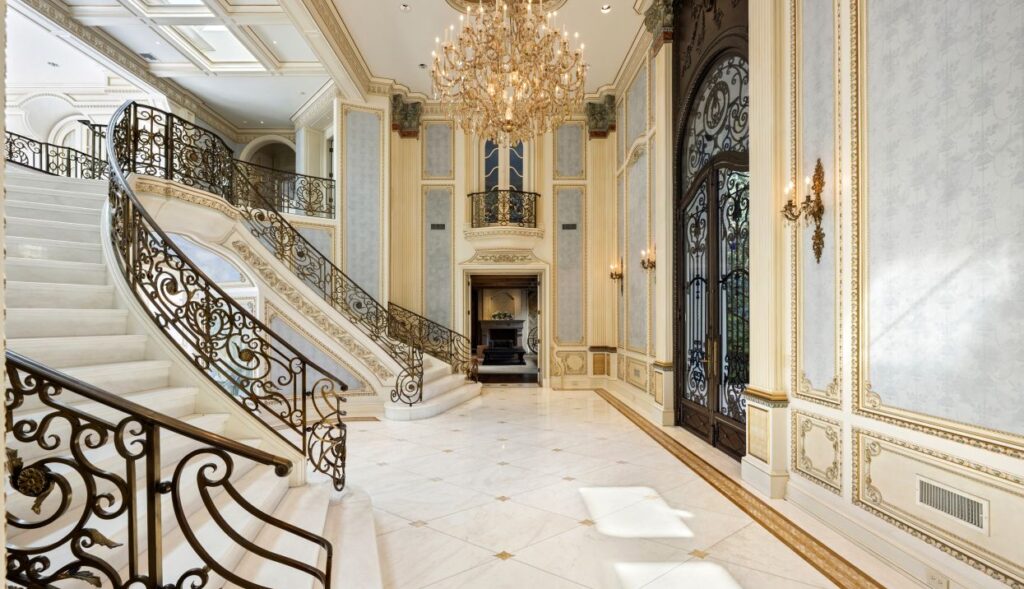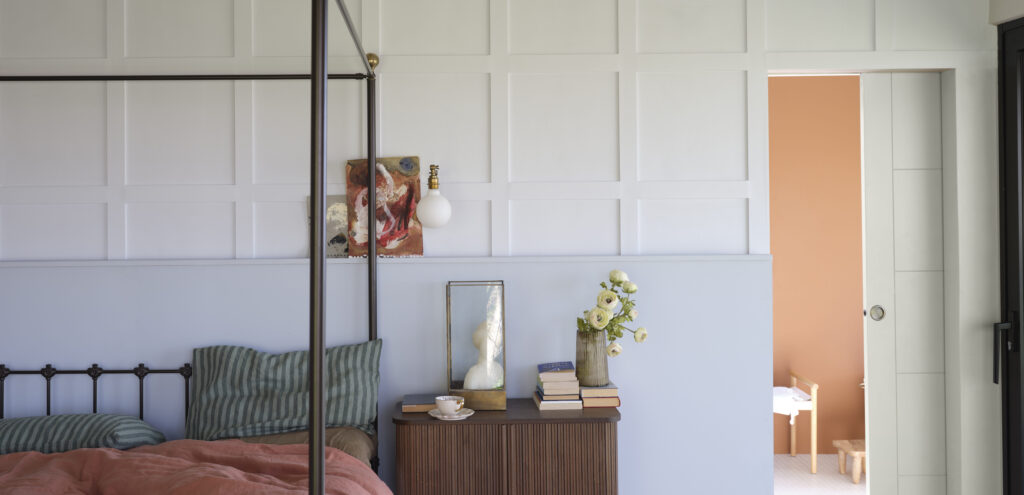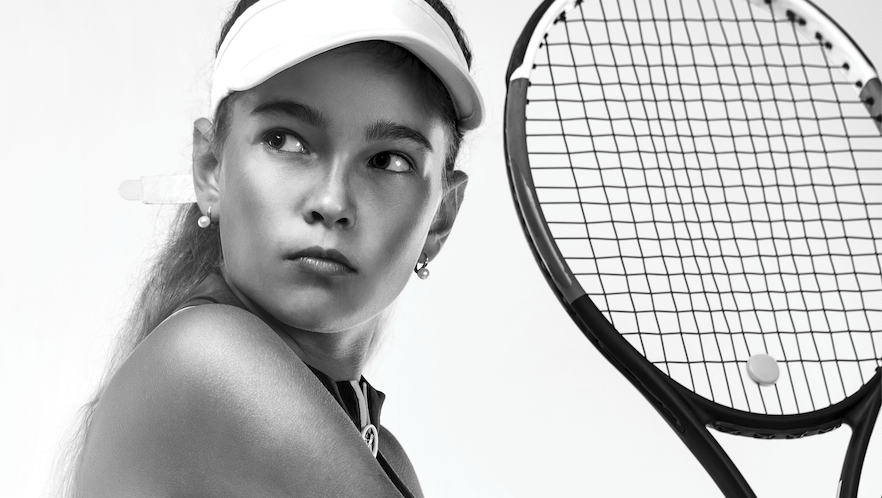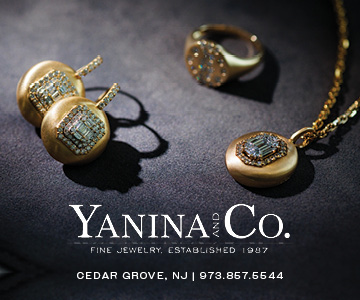Fellow whiskey drinkers, what do you look for when buying a good bottle of bourbon? Do your eyes go directly to the price tag? Do you stick with strictly name-brands? Maybe all you have to go off of is a friendly recommendation. A recent trip to Louisville, Kentucky—the bourbon capital of the world—got me thinking.
I want to teach you how to buy bourbon like a pro.
It’s no longer just the spirit that your grandfather enjoyed or what you likely saw in the clutches of Mr. Don Draper — there are new bottles on the block, each with their own labels in need of decoding.
Age Statements
Remember, age is just a number. An older bourbon isn’t good because it’s old, sometimes it’s just older. When it comes to what age to buy, try not to get caught up in the logistics of it all. Oftentimes companies with high age statements are marketed as “premium” which allows them to be sold at an increased price point, regardless of their quality. This has led some brands in recent years to omit age statements from their labels altogether. If you absolutely need to know, 8-12 years is usually the sweet spot.
“Straight” Bourbon Whiskey
To call a bourbon “straight” means it contains no additional coloring or flavoring, and that is has been aged at least two years in the barrel. Once it’s distilled, a straight bourbon cannot exceed 80 percent ABV. If it’s aged less than four years, the bottle is required to have an age statement. The catch with straight bourbons is that they’re a blend of different barrels so the age you see technically refers to the youngest barrel in the mix, not the bottle as a whole.
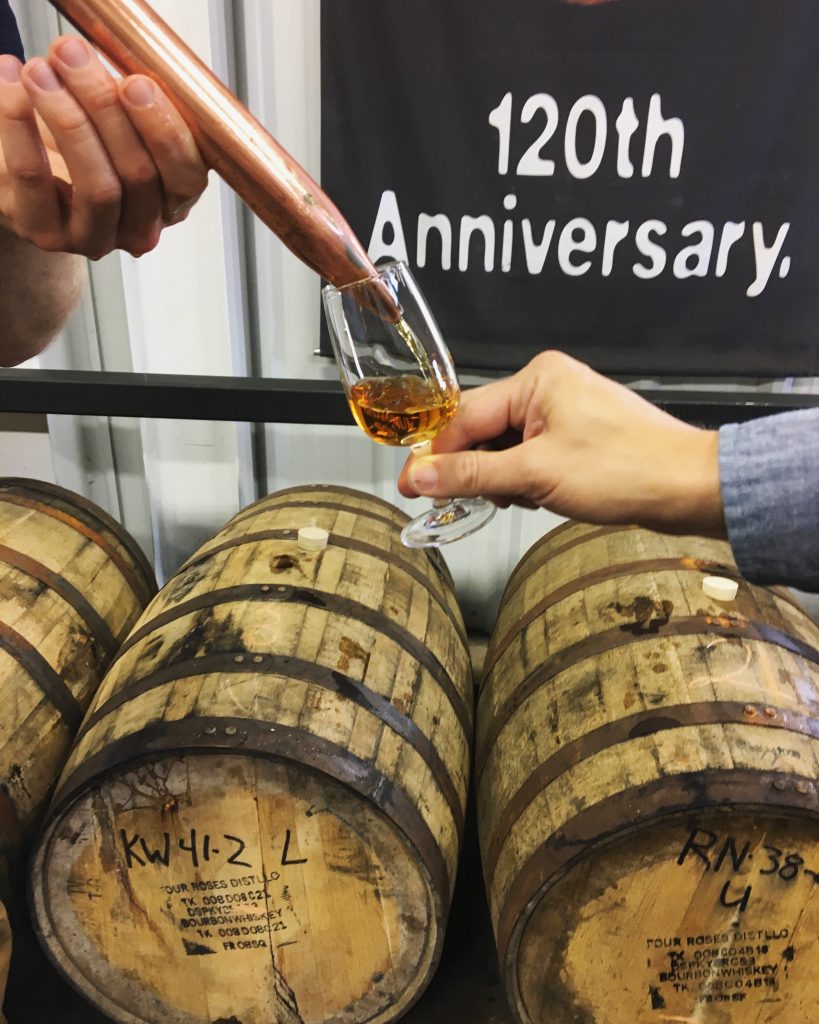 Bottled-in-Bond
Bottled-in-Bond
Very few bourbons are considered “bottled-in-bond” or “bonded” because of an extremely stringent set of rules they must follow. To be bottled-in-bond, a bourbon has to have been made at a single distillery by one distiller in one distillation season and then aged four years in a federally bonded and supervised warehouse. The bourbon must also be bottled at 100 proof, 50 percent ABV. Bonded bourbons tend to have a bolder, more concentrated flavor and are produced more so by big-name brands rather than craft distilleries—hence their affordability.
Single Barrel
Like its name lets on, this bourbon comes from one specific barrel. For this reason, no two single barrel offerings can ever, or will ever, be the same. Those who seek consistency may want to look elsewhere. A single barrel expression means there’s no dilution, no mixing or mingling—just the very best whiskey in its natural state. It’s as close to tapping the barrel as you can get.
Small Batch
There is no set standard for what makes up a small batch bourbon. Typically it refers to a limited-edition bourbon that’s made from a small number of select barrels. The result is a bourbon that appeals to those looking for something with its own distinct personality, and a price tag to match its exclusivity.

